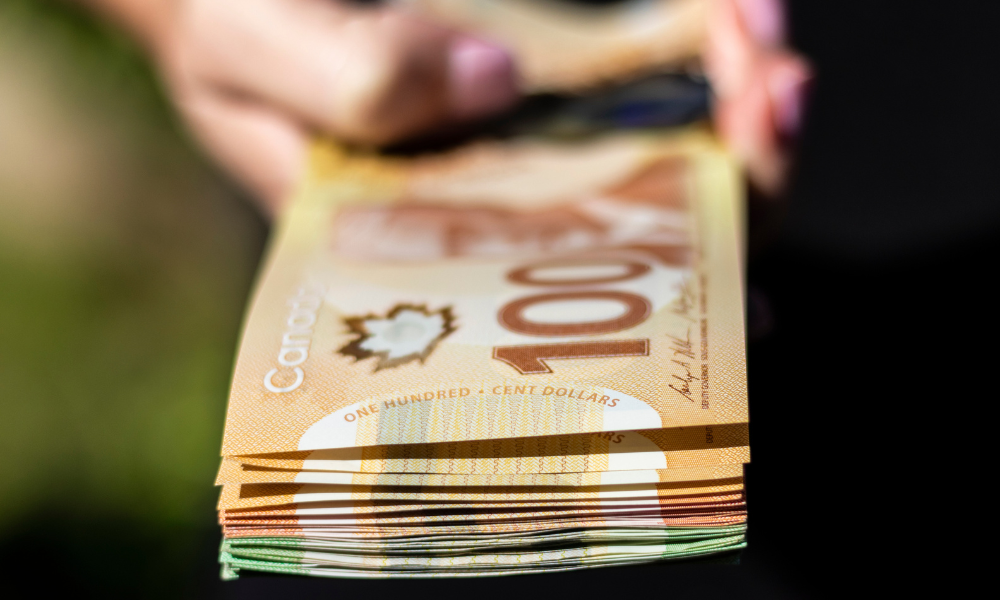Loonie’s rebound and global uncertainty push investors to rethink foreign currency exposure

The Canadian dollar has climbed above 72 cents US, rising from 69.91 cents at the start of Donald Trump’s US presidency, according to an opinion piece by BNN Bloomberg.
Although still weak by historical standards, this level offers Canadian investors a potential opportunity to purchase cheaper US dollars, boost portfolio performance, and hedge against domestic asset concentration.
The shift comes as global uncertainty weighs on the US dollar’s traditional role as reserve currency.
Meanwhile, newly elected Prime Minister Mark Carney’s pledge to redirect Canada’s trade focus and build a “global energy powerhouse” has helped lift the loonie in comparison.
“The future is very unclear,” says Corpay Chief Market Strategist Karl Schamotta.
He stated in an email that the loonie could rise further if Canada avoids a serious downturn and global investors continue moving away from US dollar assets.
However, he warned that “a Canadian recession coupled with a reassertion of the greenback’s traditional safe-haven role could see weakness return.
Canadian equities account for less than three percent of global publicly traded stocks, with about two-thirds tied to the finance or resource sectors.
No portfolio in Canada can be considered diversified without significant international exposure. US equities represent about half of global equities, offering a broader base for diversification.
Canadians with US dollar accounts inside registered retirement savings plans (RRSPs) or tax-free savings accounts (TFSAs) can invest directly in US dollars.
This approach can save thousands in currency exchange fees, provide protection against fluctuations in the loonie, and improve returns when converting profits back to Canadian dollars.
US dollar–denominated assets, such as equities, often pay larger dividends and produce greater capital gains in Canadian currency upon sale.
Access to US stocks is available through most Canadian trading platforms. A wide range of foreign mutual funds and exchange traded funds (ETFs) is also available.
While some include currency hedging features, these options often carry annual fees up to 0.5 percent higher than unhedged equivalents.
Investing in US dollars may also shield retirement savings from future Canadian dollar depreciation—especially for retirees planning to spend abroad.
Timing currency purchases remains a challenge. Although the loonie is at its highest point this year, it remains well below the 83 cent peak it reached in 2021 during the COVID-19 pandemic.
Between 2007 and 2012, the Canadian dollar surpassed the US dollar several times—its first such performance in 30 years—as the global financial crisis unfolded.
Some portfolio managers adopt a basic rule: buying US dollars when the loonie exceeds 80 cents and converting back to Canadian when it falls below 70 cents.
While Schamotta trades currencies professionally, he recommends a more gradual strategy for individual investors.
He says it likely makes sense to “continue gradually diversifying outside Canada, moving money in small increments over time.”
He advises against taking a one-time, all-in approach, comparing it to “throwing it all on one turn of the roulette wheel.”



